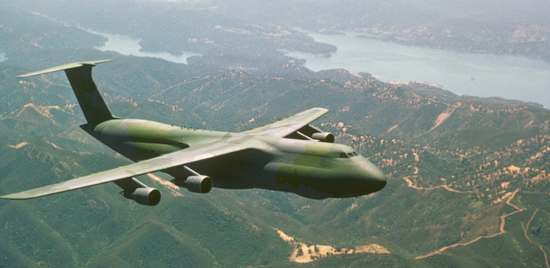


Aircraft Information Back to Aircraft Information Home page
|
||||||||||||||||||||||||||||||||||||||||||||||||||||
Model:C5 Galaxy 
Information: How do you get six Apache helicopters to fly in formation with their engines off? Put them inside a C-5 Galaxy. Or two M1 main battle tanks, each weighing 135,400 pounds. Or six M-2/M-3 Bradley Infantry Vehicles. Or a quarter-million pounds of relief supplies. You get the idea, the C-5 is big - one of the biggest airlifters ever made. The Wright brothers could have made their miraculous first flight within the C-5's cargo bay. There is no piece of army combat equipment it can't carry, including a 74-ton mobile bridge. It's six stories high, as long as a football field, and if you ever wanted to open an eight-lane bowling alley at 30,000 feet, you could do it in a C-5. Yet despite its size, the C-5 is amazingly versatile. Even with a payload of 263,200 pounds, the latest version can fly non-stop for 2,500 miles at jet speeds and with aerial refueling, it can go forever. It can load outsized cargo from both ends at once (at truckbed height or ground level), and its 28-wheel, high flotation landing gear lets it operate from unpaved airfields without ground support equipment. In 1988, C-5s delivered more than 885,000 pounds of earthquake relief to Armenia. In '89, they delivered two million pounds of clean-up gear to the Alaska oil spill. And in Desert Storm they carried nearly half a million passengers, 15 mobile hospitals and, each day, over 200 tons of mail. Needless to say, the C-5 has proven itself big enough and tough enough to handle any heavy airlift mission.
Specifications
|
||||||||||||||||||||||||||||||||||||||||||||||||||||

|
||||||||||||||||||||||||||||||||||||||||||||||||||||

© simviation.com 1999 |